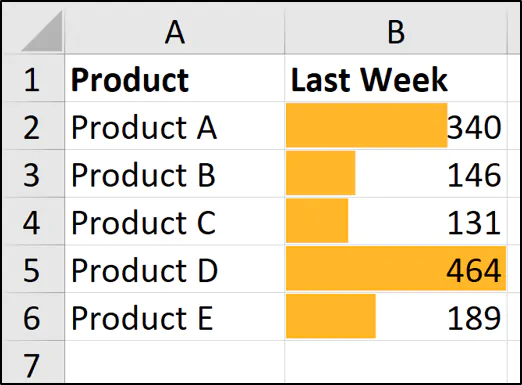Mastering Excel: How to Insert Time Quickly

In today's fast-paced business world, efficiency is key, and Microsoft Excel stands as one of the most powerful tools for managing data. For many, handling time entries is a routine task, but it can often become tedious and error-prone. In this comprehensive guide, we will explore various methods to insert time quickly into Excel, streamlining your workflow and enhancing accuracy. Whether you're tracking project timelines, scheduling appointments, or logging timesheets, mastering these techniques will save you considerable time and reduce errors.
Understanding Excel’s Time Format

Before diving into the methods, it’s crucial to understand how Excel handles time. Time in Excel is stored as decimal fractions of a day, where:
- 0 represents 12:00 AM
- 0.5 represents 12:00 PM
- 0.75 represents 6:00 PM
This format means that you can perform mathematical operations on times as if they were numbers. Here’s a basic look at Excel’s time format:
| Time | Excel Format |
|---|---|
| 12:00 AM | 0 |
| 6:00 PM | 0.75 |
| 9:00 AM | 0.375 |

How to Enter Time Manually

Entering time in Excel manually can be straightforward if you understand a few simple rules:
- Use a colon ( : ) to separate hours, minutes, and seconds. e.g.,
8:30 AMor14:30for 2:30 PM. - You can also type time without AM/PM if you’re using a 24-hour clock format.
Let’s look at a quick example:
Start Time : 9:00 AM
End Time : 17:00
⌛️ Note: Always make sure your system’s time format matches how you’re inputting time in Excel for accurate display.
Using Shortcuts to Insert Time

Excel offers several shortcuts to help you insert time quickly:
- Now Function: Typing
=NOW()into a cell will insert the current date and time. To get only the current time, use=TEXT(NOW(),“HH:MM”). - Time Shortcut: To insert the current time without date, press Ctrl+Shift+; (semicolon).
Adding Time Values with Formulas

Formulas are particularly useful for adding, subtracting, or manipulating time:
- To add time, use the
TIMEfunction. For example, to add 3 hours to 9:00 AM:
=TIME(9,0,0) + TIME(3,0,0)DATEVALUE, TIMEVALUE, and EDATE can be used to manipulate date and time.Creating Custom Time Formats

Sometimes, the default time formats in Excel might not meet your needs:
- You can create custom time formats by going to the ‘Number’ tab in the ‘Format Cells’ dialog box.
- Here are some examples of custom formats:
- hh:mm AM/PM for standard time with AM/PM indicator.
- hh:mm:ss for hours, minutes, and seconds without the AM/PM indicator.
- [h]:mm:ss for total time over 24 hours.
Automating Time Insertion with Macros

For repetitive tasks, VBA macros can automate the process:
- A simple macro to insert the current time could look like:
Sub InsertCurrentTime()
ActiveCell.Value = Time()
End Sub
This guide has covered several methods to insert time quickly in Excel, from manual entry to complex formulas and automation. With these techniques, you can streamline your workflow, reducing the time spent on manual data entry and minimizing errors. Whether you're using Excel for simple tasks or managing complex data sets, mastering these time-insertion methods will enhance your efficiency.
What’s the quickest way to enter the current time?

+
The quickest method is to press Ctrl+Shift+; (semicolon) which inserts the current time into the selected cell.
Can I enter time values over 24 hours in Excel?

+
Yes, use a custom format like [h]:mm:ss to display time that exceeds 24 hours.
How can I add hours to a time value in Excel?

+
Use the TIME function. For example, =TIME(9,0,0) + TIME(3,0,0) adds 3 hours to 9:00 AM.



